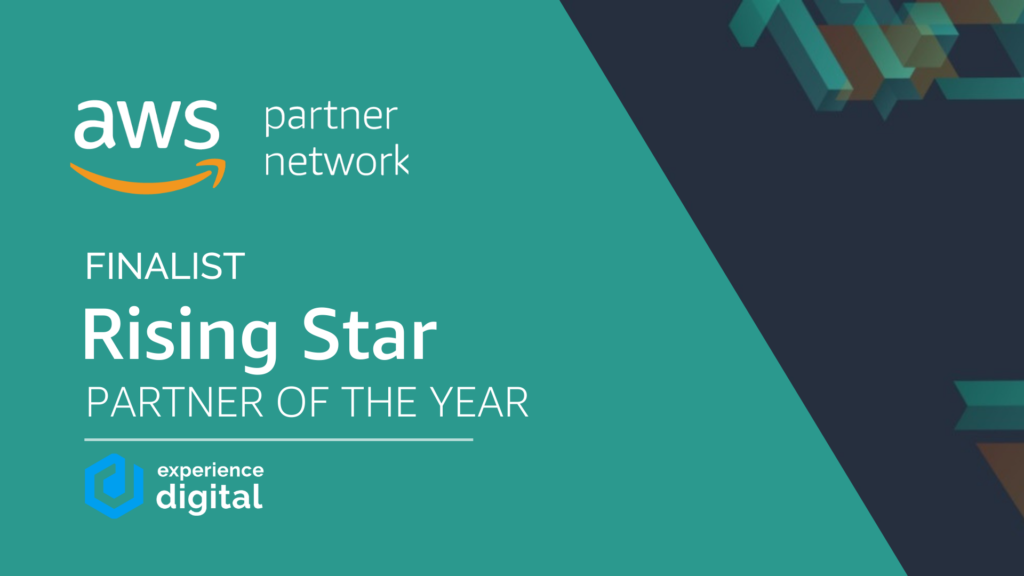The prevalence of serverless architecture is increasingly evident, especially as businesses continue to pivot online following 2020’s pandemic. Fundamentally, the concept of cloud computing is not recent, although serverless architecture models are continually improving and expanding. Serving as a gateway for continual innovation, outsourcing infrastructure management to a cloud provider seems to be the way of the future.
But what exactly does it entail?
What is the principle of a ‘serverless computing’ framework?
Serverless computing encompasses a cloud-native deployment model, essentially meaning that the management of servers is managed externally, by a cloud provider. In contrast, traditional server models need continual time allocation for managing, securing and patching the network. Thus, this mitigation provides a foundation for operational excellence for a range of business types.
Distinguished as Function as a Service (FaaS), serverless computing differs from alternate solutions, such as PaaS, which requires a login to a specialised platform. FaaS offerings afford greater control to developers, providing the full capability to customise applications instead of choosing from pre-written templates.
Serverless architecture is enabled as event-driven, ensuring compute capacity is only utilised (and paid for) when prompted. This opens up a realm of advantages, discussed shortly, which operate to solve a multitude of business challenges.
The use cases of serverless are often described as limitless, powering a variety of business scenarios throughout multiple industries. These include anything from powering a high-traffic website, CI/CD pipelines, IoT device management or big data application. Serverless architecture is best suited for workloads that are infrequent and asynchronous with sporadic or unpredictable demands.
Why transition to serverless computing?
The advantages of transitioning into the world of serverless computing are substantial. Migrating to the cloud mitigates an array of tasks associated with managing physical servers. These include the consistent need for patching, security and intrusion management. Ultimately, this exemplifies operational efficiency, allowing businesses’ core focus to lie within the improvement and functionality of their products or services.
For a well-rounded perspective on serverless computing, it’s important to consider the pros & cons of migrating, outlined below as advantages vs. challenges:
Advantages
- Dynamic Consumption-based Pricing Model: You only pay for the computer resources and storage used which reduces the overall total cost of ownership (TCO)
- Infinite Scalability: There is no necessity to estimate demand, with serverless provisioning infrastructure regardless of the volume of growth – capable of functioning with high peaks in demand
- Increased Developer Productivity: As server management is outsourced to a cloud provider, more time is freed up to focus on business goals
- Streamlined Application Integration: The integration capabilities of serverless computing serve to provide ease and flexibility of further application integration
Challenges
- Vendor lock-in: The larger cloud providers which dominate the market tend to have lock-in due to individual platform customisation – making it considerably more difficult to switch providers down the line
- Security: Despite extensive security monitoring, the risk of a cyberattack is always greater when outsourced to cloud computing
- Timeframe: Serverless solutions provide only short timeframes for task execution, meaning they are better suited for real-time processes, as opposed to long-term tasks (such as uploading large files)
- Complexity: Due to the ever-evolving nature of serverless, it can prove challenging to manage the migration, especially for well-established projects, with the tasks involved better outsourced to professionals experienced specifically in serverless
How can I harness serverless?
Taking advantage of the full potential of serverless starts with understanding the array of opportunities that lie within its implementation. Serverless architecture powers a wide range of use cases and developers are “accelerating their adoption of serverless architectures to address new, more advanced business challenges” according to the GM of Lambda Experience at AWS – Ajay Nair.
Now that you have an overview of the possibilities and challenges of transitioning to cloud-based operations, where do you go from here?
This article provides an in-depth comparative analysis of the three largest cloud providers and their associated serverless solutions, cross-examining on performance, security, pricing and scalability. Deciding which provider is best is dependant on your project specifications.
As the most widely used and mature cloud solution, Amazon Web Service’s (AWS) serverless offering, Lambda is a great place to start. This blog serves to educate on AWS Lambda’s solution and showcase our accreditation in service delivery, provisioning us with the capability to serve best practices in implementation. Further to this, AWS offers a ‘local invoke’ option with their serverless application model – allowing you to experiment offline with their tool.
For assistance in migrating or implementing a serverless solution for your business, reach out to our experienced team at hi@experience.digital






